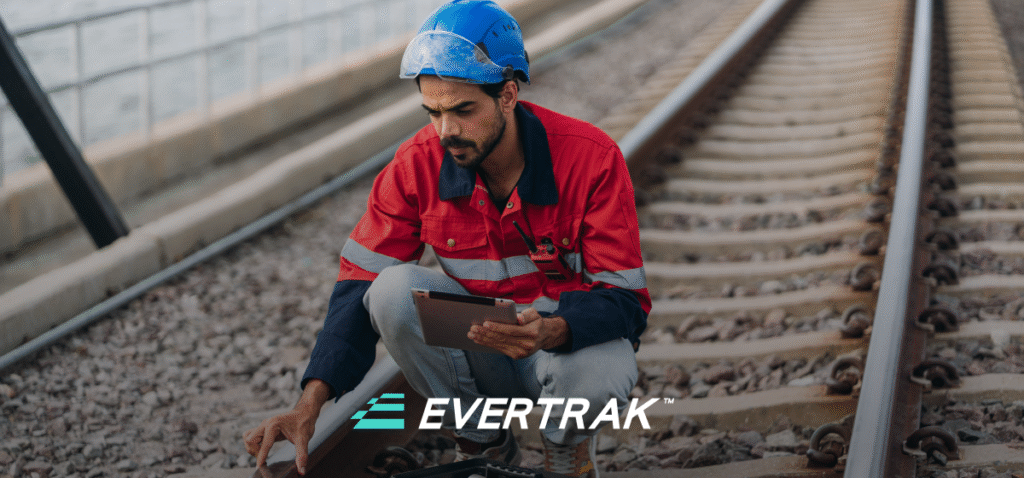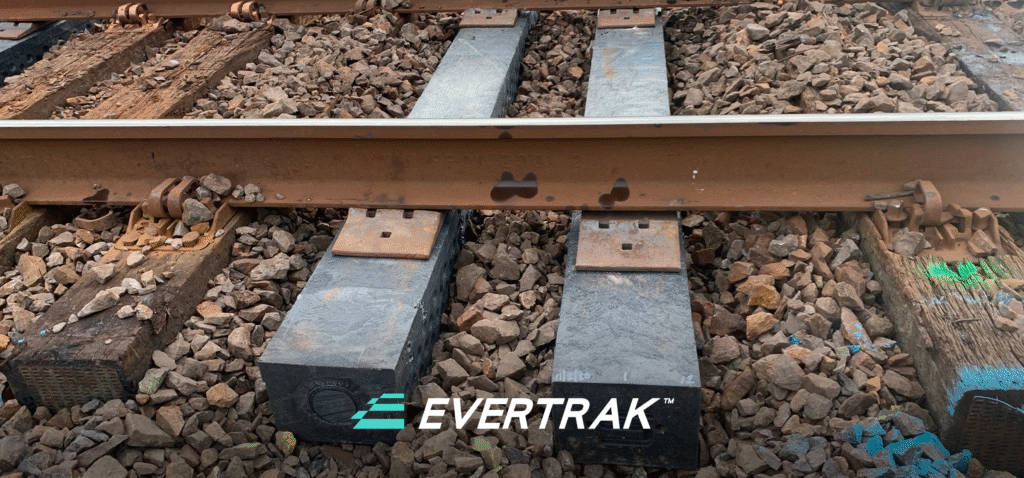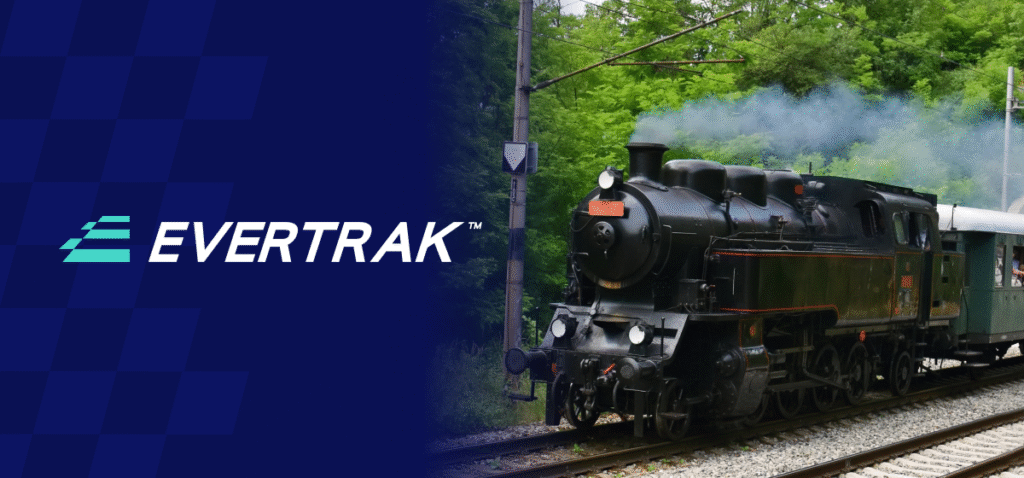The railroad industry faces a significant workforce transition: Gen Z professionals are starting their careers with fundamentally different expectations about technology, sustainability, and professional development than previous generations.
Unlike their predecessors who learned about railroad careers through traditional channels, today’s emerging workforce discovers infrastructure opportunities through social media platforms, digital content, and peer networks that prioritize transparency and environmental impact.
This shift presents both challenges and opportunities for railroad companies. Organizations that understand how Gen Z railroad workforce candidates evaluate career opportunities—and adapt their recruitment messaging accordingly—are positioned to attract and retain top engineering talent. In contrast, those that disregard these new channels risk missing out on this talent while facing an increasingly tight labor market.
Digital-First Career Discovery Reshapes Railroad Recruitment Strategies
Compared to previous generations, Gen Z professionals have adopted a different approach to researching potential employers. Rather than relying solely on job boards or company websites, they turn to social media platforms, employee-generated content, and peer networks to understand company culture, values, and actual working conditions.
With the modern job hunt happening online, it’s important to note where potential candidates are conducting their research. For Gen Z, 64% use TikTok as a search engine, the highest of any other age group. Of this group, 85% claim to have encountered job listings on the app and 80% have used TikTok to network.
This digital-first approach to career exploration means railroad recruitment strategies must extend beyond traditional channels. Young professionals want to see authentic content that demonstrates how their potential work contributes to broader infrastructure goals. They expect transparency about company values, environmental initiatives, and technological advancement.
For railroad companies, this creates an opportunity to showcase infrastructure modernization efforts in ways that resonate with digitally native professionals. When Union Pacific highlights their adoption of advanced composite ties, Sumitomo invests in transformative infrastructure, or when other companies share behind-the-scenes content about engineering projects, they’re speaking directly to a generation that values authentic, purpose-driven work.

Social Media Transforms Infrastructure Marketing and Talent Attraction
TikTok marketing B2B strategies that once seemed irrelevant to industrial companies now play crucial roles in talent acquisition. At Evertrak, our approach to TikTok demonstrates different ways infrastructure companies can leverage social media platforms to educate young professionals about industry innovation while building brand awareness among future employees.
Leveraging Social Media Channels
During a 60-day campaign, we reached 46,000 users (94% male demographic alignment), achieved a 93.4% boost in For You Page traffic, and saw a 1,700% increase in comments. This activity signaled increased interest and engagement in Evertrak.
The campaign’s success stems from making infrastructure visible and culturally relevant. Rather than using technical jargon or traditional marketing approaches, the content speaks directly to Gen Z’s communication style while highlighting the technological sophistication of modern railroad solutions. This approach serves dual purposes: educating potential customers about composite railroad ties careers while attracting engineering talent who want to work on cutting-edge infrastructure projects.
Successful TikTok campaigns for industrial companies share common elements:
- Authentic content that shows real work environments
- Clear explanations of how technology solves problems
- Messaging that connects individual contributions to broader societal impact
Young professionals want to understand not just what they’ll be doing, but why their work matters.
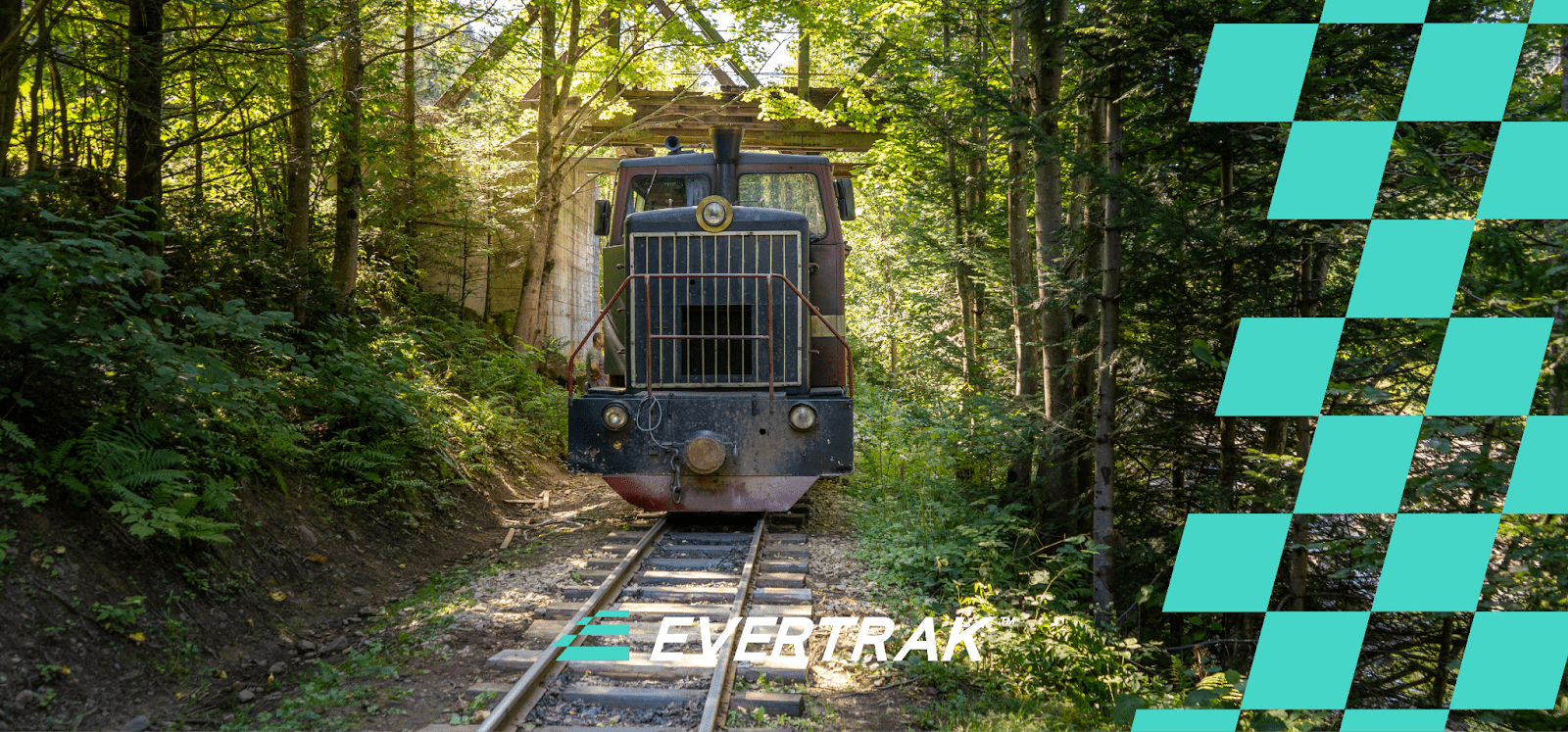
Environmental Stewardship and Sustainability Drive Career Decisions for Railroad Professionals
Gen Z sustainability career priorities significantly influence employment decisions across all industries, including railroad infrastructure. A recent study from Deloitte found 80% of Gen Z respondents continue to prioritize the environment, saying business could, and should, do more to be sustainable. And this sentiment carries over to work. This generation evaluates potential employers based on environmental commitments, not just job responsibilities or compensation packages.
As a result, railroad companies can leverage sustainability initiatives as powerful recruitment tools. Railroad sustainability jobs appeal to young professionals who want their careers to contribute to environmental solutions. When companies highlight projects like replacing traditional ties with recycled plastic composite alternatives, they’re demonstrating concrete environmental impact that resonates with sustainability-focused candidates.
Additionally, the railroad industry’s inherent environmental advantages—moving freight more efficiently than trucking, reducing highway congestion, supporting supply chain sustainability—provide compelling narratives for infrastructure modernization careers. Young professionals increasingly recognize that railroad infrastructure improvements directly support broader climate goals while offering challenging, technology-focused work with financial benefits and career growth opportunities.
Infrastructure Modernization as a Talent Magnet
Modern infrastructure solutions attract engineering talent who seek technically sophisticated projects. Infrastructure modernization and workforce development intersect when companies showcase advanced technologies, data-driven maintenance approaches, and engineering challenges that require creative problem-solving.
The U.S. Bureau of Labor and Statistics anticipates 195,000 job openings each year across engineering and architecture through 2033. Despite this growth, infrastructure as a whole faces labor shortages due to skills gaps, lack of interest in these roles, and competition from other industries.
Composite railroad ties represent the type of transformation that appeals to engineering professionals: they solve real problems through advanced materials science, offer measurable performance improvements, and contribute to sustainability goals. Young engineers want to work on projects that demonstrate clear technological advancement rather than simply maintaining status quo systems.
Companies that invest in technology and infrastructure modernization signal to potential employees that they’re forward-thinking organizations where talented professionals can grow their knowledge and skills to build meaningful careers. This positioning becomes particularly important as railroad companies compete with technology companies, renewable energy firms, and other industries for top engineering talent.
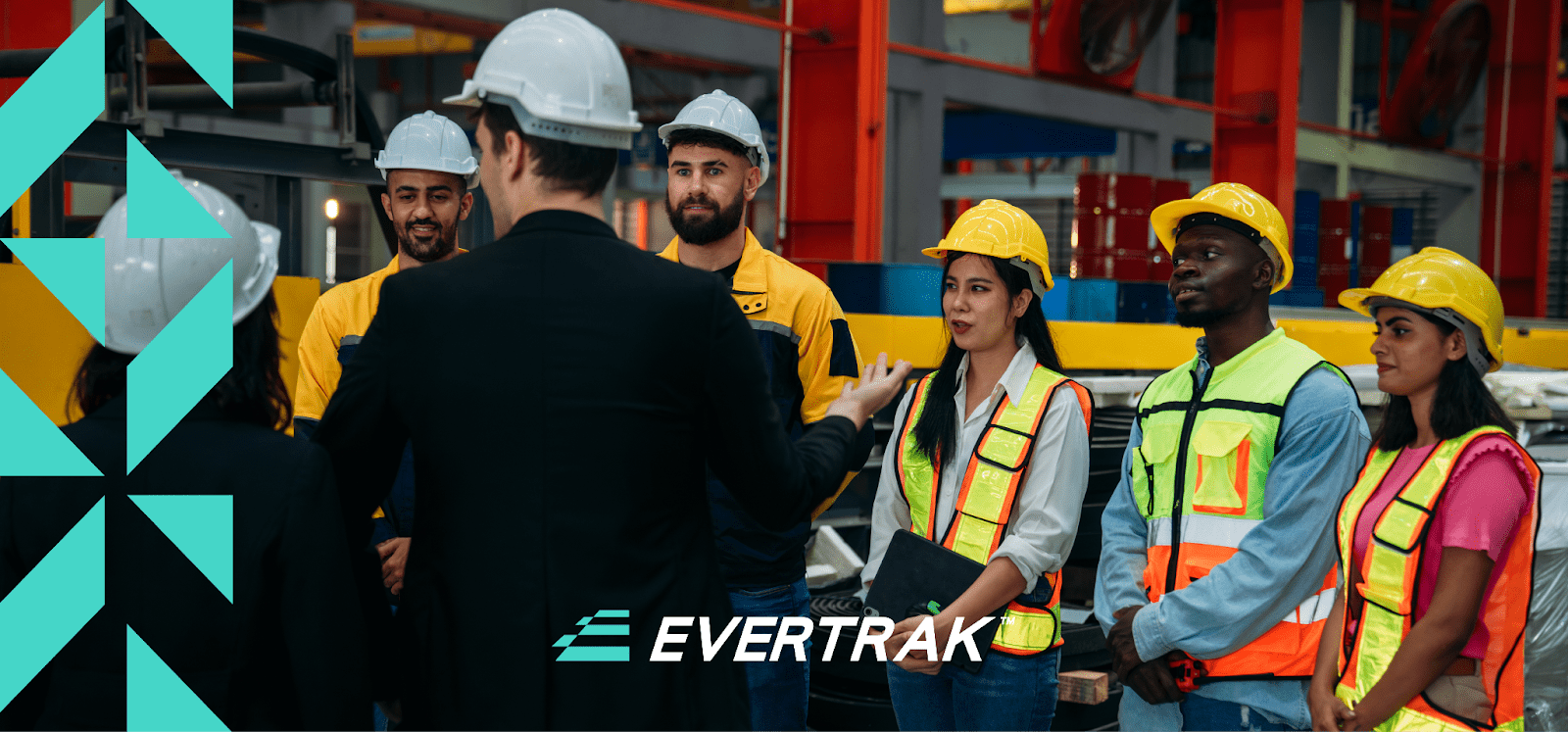
Building Technology-Forward Brands in Traditional Industries
In order to successfully attract Gen Z talent, railroad companies must be transparent about modernization efforts, showcase technological innovation, and demonstrate clear connections between individual work and broader infrastructure goals.
Evertrak’s approach to reaching the next generation through cultural marketing illustrates how traditional infrastructure companies can build relevant brands. Rather than relying solely on technical specifications or industry publications, we create content that makes infrastructure innovation accessible and engaging to broader audiences.
This strategy extends beyond marketing to fundamental business positioning. Companies that embrace advanced solutions like composite ties, predictive maintenance technologies, and data-driven operations appeal are more likely to appeal to professionals who expect their employers to use modern tools and approaches.
The key lies in authentic communication about actual transformation rather than superficial social media presence. Young professionals can distinguish between companies genuinely embracing technological advancement and those simply updating their marketing materials.
Practical Steps for Railroad Recruitment in the Digital Age
Railroad companies seeking to attract Gen Z talent should consider several strategic approaches:
Content Strategy Development
Create authentic content that showcases actual engineering projects, problem-solving processes, and technology implementations. Focus on the “why” behind infrastructure improvements, not just technical specifications.
Sustainability Messaging
Clearly communicate environmental benefits of railroad infrastructure and specific company initiatives. Quantify impact whenever possible and connect individual roles to broader sustainability goals.
Technology Emphasis
Highlight advanced tools, data analysis capabilities, and modern engineering approaches used in daily operations. Demonstrate that railroad work involves sophisticated technology, not outdated methods.
Employee Voices
Feature current young employees discussing their work, professional growth and career advancement opportunities, and company culture. Peer perspectives carry more weight than corporate messaging alone.
Professional and Personal Well-being
In addition to featuring your team’s voices, highlight your company’s benefits, training and support resources, and additional services that promote employee well-being in and out of the workplace.
Educational Partnerships
Collaborate with engineering schools and technical programs to provide students direct exposure to modern railroad technology and career opportunities.
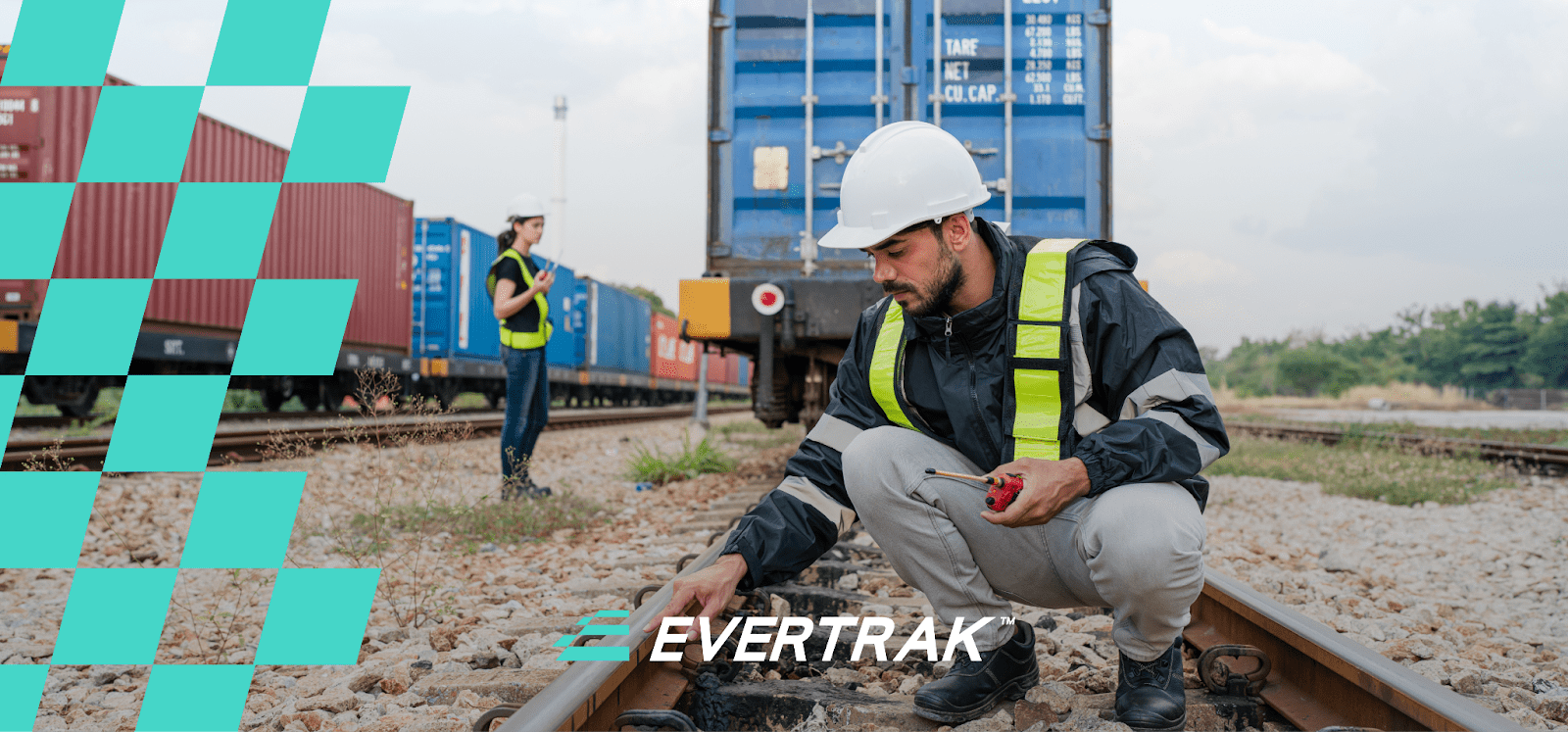
Gen Z Railroad Workforce Development for the Future
The intersection of infrastructure modernization and workforce development will continue evolving as Gen Z professionals advance in their careers. Companies that adapt their recruitment approaches now—embracing digital communication, emphasizing sustainability, and showcasing technological innovation—position themselves to seamlessly navigate this demographic transition.
Railroad infrastructure offers compelling career opportunities for young professionals seeking meaningful, technically challenging work with clear societal impact. The industry’s challenge lies in communicating these opportunities effectively through channels and messaging that resonate with digitally native professionals.
As infrastructure companies continue modernizing their operations, they simultaneously create the foundation for attracting next-generation talent. Embracing advancing technology while updating communication strategies helps organizations build sustainable talent pipelines that support long-term growth and innovation.


